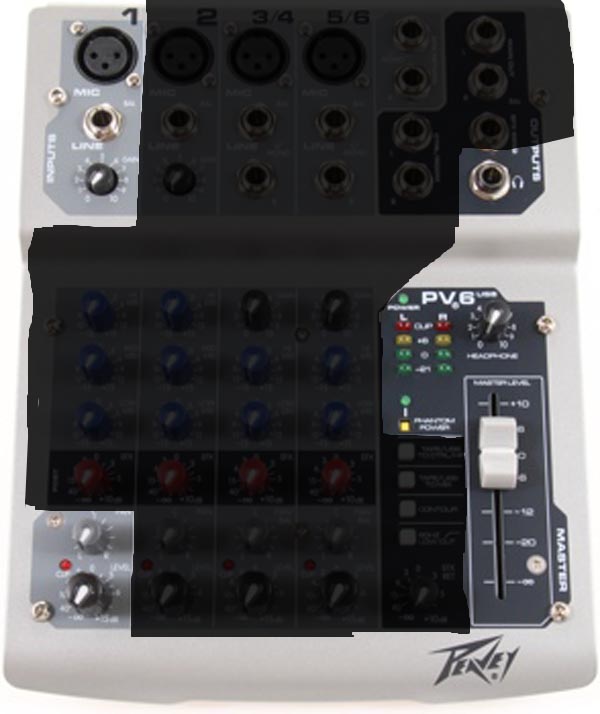Hi everyone.
A while ago I bought myself a Shure sm58 microphone to use with my pc. It’s served me well, but as of now, I find that I’m in need of a higher volume whilst recording.
So I’ve been looking up how to properly boost my mic without loosing much quality, and I’ve come across some options. The problem I’ve got now, is that I don’t know which option is the best one, so this is where I’d like to ask for your help.
I was thinking about buying a preamp for my microphone cause from what I’ve read, these preamps should:
- Boost my microphone without having to fear quality loss.
- Connect through usb. Thus bypassing my crappy sound card completely, so that the quality should be even better.
But I don’t know a lot about the technical aspects of audio, So I’d have no clue weather or not all this is true.
So if I’d go for a preamp, what should I pay attention too, and do you have any suggestions of which one I should buy?
I’ve read about behringer, M-audio and presonus being some popular brands to buy preamps from, but I’d love to hear from you guys what you would suggest.
Also:
Some alternatives I’ve also heard about are buying an audio interface with a build in preamp and a converter that would basically convert the microphone plug to an USB output (like the Shure X2U .
What are your opinions on those?
Thanks in advance for any help you could provide me.

